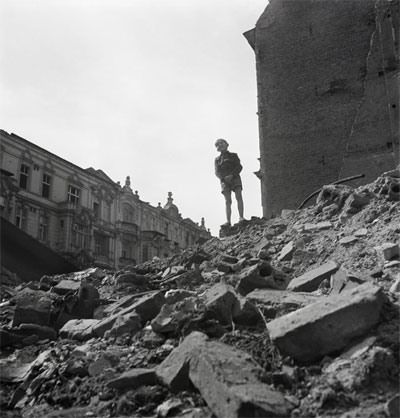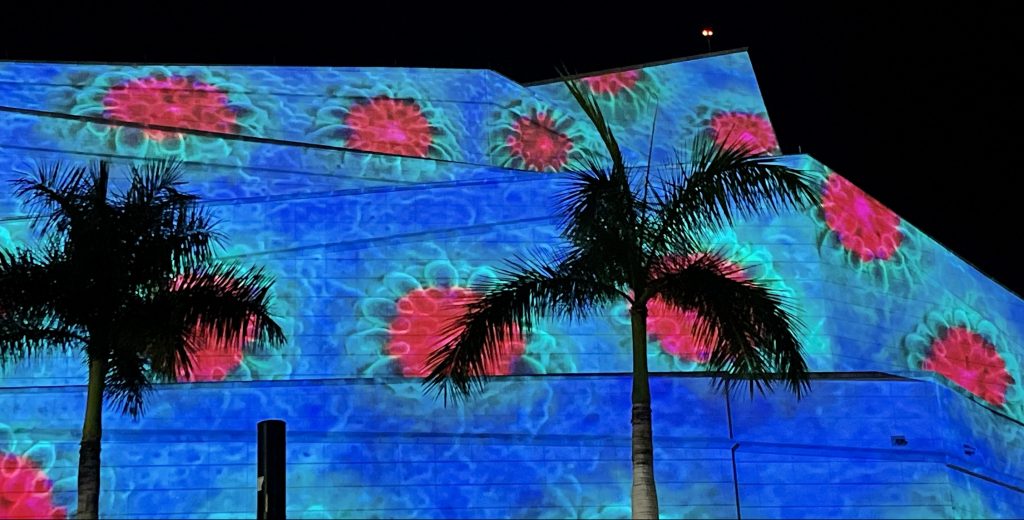
Roman Vishniac exhibit depicts a wide view of Jewish life in Europe
Much of our view today of Jewish life in Eastern Europe and Germany in the first part of the last century has been reduced to images of the Holocaust, of people waiting for trains to death camps, and of death camps. While these are crucial, critical images that must always remain in the fore, they can also dehumanize those lives.
The exhibition “Roman Vishniac Rediscovered” at the Museum of Art Fort Lauderdale expands that view tremendously, with dozens and dozens of black-and-white photographs from the prolific photographer who pointed his camera at the dramatic and the mundane during his travels through Berlin and central and eastern Germany in the 1930s, and then at the immigrant world of America after the war. Many of these have never been shown before.
While many are documentary in style, others are simply beautifully framed snapshots of a normal life in Berlin — long shadows cast as light filters into a train station; mother, father and child walking home from the cinema; boys lovingly studying a motorcycle.
Vishniac famously captured a rougher life further east, of poverty-stricken Jewish villages in the Carpathians or Poland, exhausted-looking faces eking out a living in decrepit streets. These make up the majority of the exhibit.
Eventually the dark winds sweeping Europe in that era start to infiltrate the images. There are women and children standing in front of storefronts covered in anti-Semitic propaganda, and swastikas become ubiquitous.
Some of the least familiar images for many of us, and the far less somber, come in the photographs that Vishniac took documenting Jewish life in the midst of immigration — a young woman sunbathing in France, and, most remarkably, photos of a Zionist training camp in the Netherlands.
Finally Vishniac ends up in New York, where he shows life beginning again, with people singing in nightclubs and going to nursing school. He would return to Berlin after World War II, and one room highlights those photos. The walls once plastered with Nazi slogans have been reduced to absolute rubble, building after building.
This is a huge exhibit with many elements, including some film. Give yourself some time to take it all in.
“Roman Vishniac Rediscovered” runs through Jan. 4 at the Museum of Art Fort Lauderdale, One E. Las Olas Blvd., Fort Lauderdale; www.moafl.org. “Another Berlin,” 1947
Recent Content
-
Artsarticle ·
-
Artsarticle ·
-
Artsarticle ·

